By Learning the meanings of persian rug patterns, you will be able to “read a rug” and understand what the weaver tells us.The names of Persian rug patterns are derived from the city, village, or tribe where particular patterns were first woven or traded.
Geometry in Persian Rugs
Geometrically patterned Persian carpets, woven by nomadic tribes, are decorated with linear elements composed of vertical, horizontal and diagonal lines, and are formed by a repetition of the same motif. The motif of a carpet can be used to determine the particular tribe, or place of origin.
A pattern, whether in nature or art, relies upon three characteristics: a unit, repetition, and a system of organization.
Symmetry is a fundamental organizing principle in nature and in culture. The analysis of symmetry allows for understanding the organization of a pattern, and provides a means for determining both invariance and change.
By varying relationships within patterns where symmetry is expected, otherwise predictable and repetitive patterns may be transformed into great works of art.
These variations in design occur in the two main parts of the rug: The field (or ground and the borders, which frame the interior (the field of the carpet). Designs fall into two different categories: curvilinear and rectilinear.
The most common motif for Persian rugs, especially the larger ones, is a large central medallion. Yet, even if two carpets have basically the same design, no two medallions are ever exactly the same. Some experts believe that the medallion designs stems from the very religious nature of the weavers and that their inspiration probably came from the artwork and patterns of domes of the mosques.
Symbols and motifs in Persian Rugs


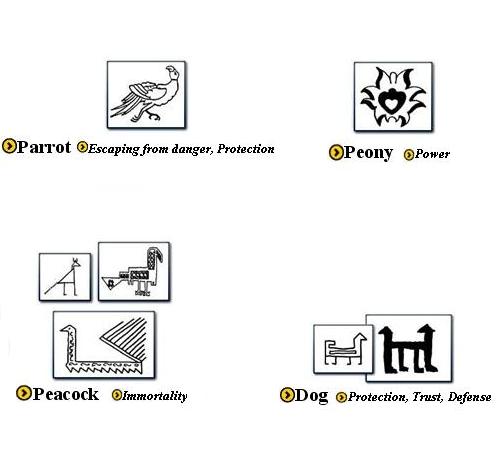
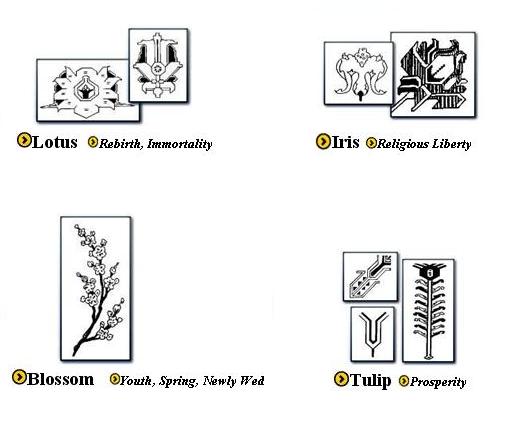
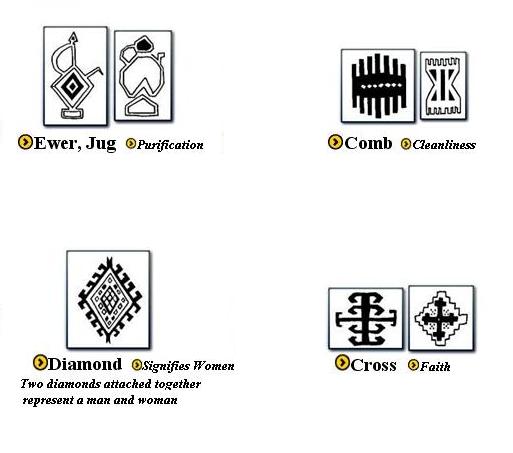
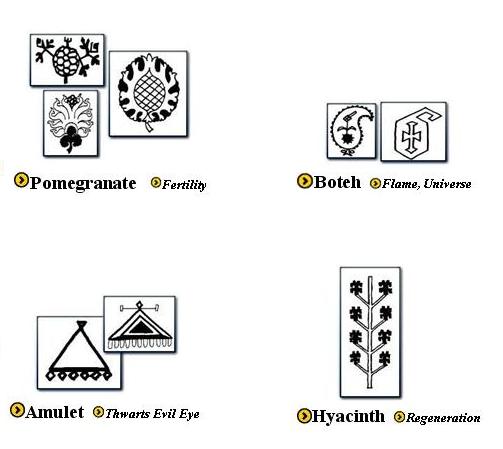
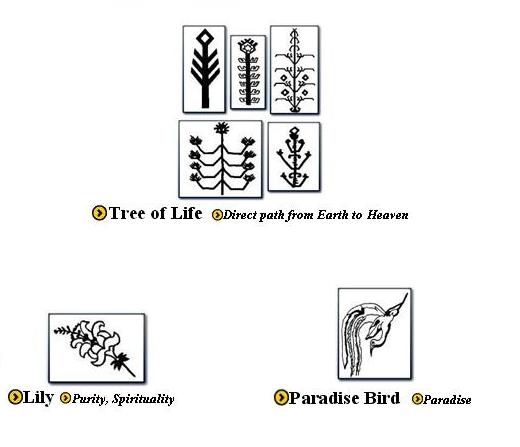
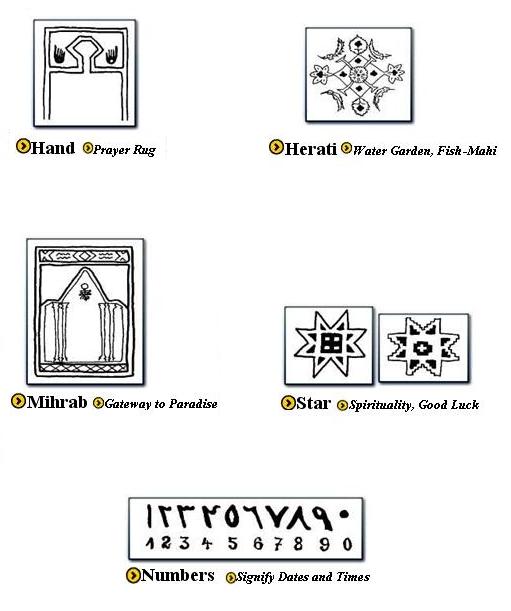
Meanings of Colors in Persian Rugs

Persian Rug Patterns Classifications and Characteristics
1 – Historic Monuments & Islamic Buildings:
Inspired by tile-work, structure and geometric shapes of ancient buildings.
Some Sub Patterns:Sheikh Lotfollah, Mehrabi Kufi, Kabood Mosque, Sheikh Safi Shrine, Zire Khaki
2 – Shah Abbassi:A special flower, known as Shah Abbassi, set-off by other floral persian rug patterns and leaves
Some Sub Patterns:Allover, Medallion, Tree, Animal, Sheikh Safi, Embellished Shah Abbassi
3 – Spiral:Spiraling branches around leave. The end of each branch splits to resemble the jaws of a dragon
Some Sub Patterns:Allover Spiral, Interconnected Spiral, Broken Spiral, Medallion Spiral
4 – Allover:All parts of pattern are interconnect usually drawn without the designers hand ever being lifted
Some Sub Patterns:Khatai, Interconnected, Pomegranate Flower, Animal, Twisted Branch, Medallion
5 – Derivative:Patterns of neighboring regions Similar to persian rug patterns originally woven in Persia
Some Sub Patterns:Afghani, Caucasian, Gobelin
6 – Interconnected (Bandi):A small piece of design is repeated and connected throughout the carpet.
Some Sub Patterns:Ivy, Katieh, mudbrick, diamond, Tree, Milk, Sugar, armlet, cedar, Bakhtiari, Majlessi, Rope
7 – Paisley:Head-bent paisley (common in Indian and Iranian patterns)
Some Sub Patterns:Tufted, Deer Horn, Termeh, Saraband, Kherghei, Isfahan Pencase, Kordestani, Eight-bush
8 – Tree:Distinctive for their close resemblance to natural tree forms
Some Sub Patterns:Animal, Green Field, Panel, Cedar, Vase
9 – Torkeman (Bokharas):Geometrical shapes & broken lines. (usu. derived from the weavers imagination, not a drawing)
Some Sub Patterns:Gabbeh, Yamouti, Comb, Ghazel Gos, Akhal, Four-Panel, Saddlebag, Spoon
10 – Hunting Ground:Life-like animals
Some Sub Patterns:Tree, Panel, Medallion, Allover
11 – Panel:Multisided panel motif
Some Sub Patterns:Spiral, Koran, Column
12 – European Flower:Original Persian designs with roses in light and dark colours
Some Sub Patterns:Rose, Bijar, Mostowfi, Panel, Bouquet, Rose and Nightingale
13 – Vase:A single large vase, or a smaller vase repeated throughout the carpet
Some Sub Patterns:Khatai, Two-Way, Mehrabi, Allover, Chain, Haji Khanom, Repeate, Scar Medallion, One-Way
14 – Intertwined Fish:Originally a product of nomadic tribes and enriched by modern designers. Intertwined fish.
Some Sub Patterns:Herat, Farahan, Beehive, Senneh, Kurdestan, Tiny, Fragmented
15 – Mehrab:Representation of the place in a mosque, where the prayer leader stands. Ornamented with pillars, chandeliers & floral persian rug patterns
Some Sub Patterns:Tree, Vase-Column, Chandelier, Vase, Landscape
16 – Striped (Moharramat):Repeated stripes running the length of the carpet, each stripe with it’s own motif and colour
Some Sub Patterns:Overall Pencase, Tiny Flower (one background colour, Paisley (multiple background colours)
17 – Geometrical:Lines, and geometrical shapes (polygons, etc.)
Some Sub Patterns:Connected panel, Medallion, Striped, Scarf Medallion, Plain Ground, Khatai, Star (Mosaic)
18 – Tribal:Oldest & most original persian rug patterns. Simple creations of tribal imagination, inspired by natural surroundings
Some Sub Patterns:Heibatloo, Ghashghai Paisley, Afshari, Khatouni, Ardabil, Mazlaghan, Khamseh, Saveh, Tafresh
19 – Composites:A composite of two or more of the above patterns
Some Sub Patterns:Twisted Branch Medallion, Chanin Medallion, Interconnected Vase & Spiral, Green Field, etc

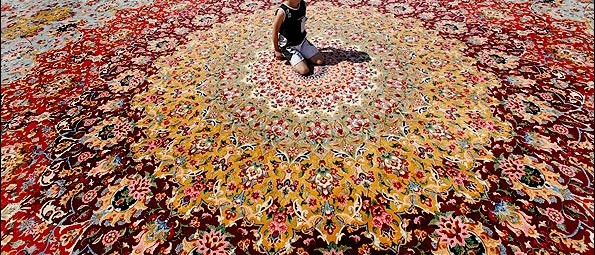
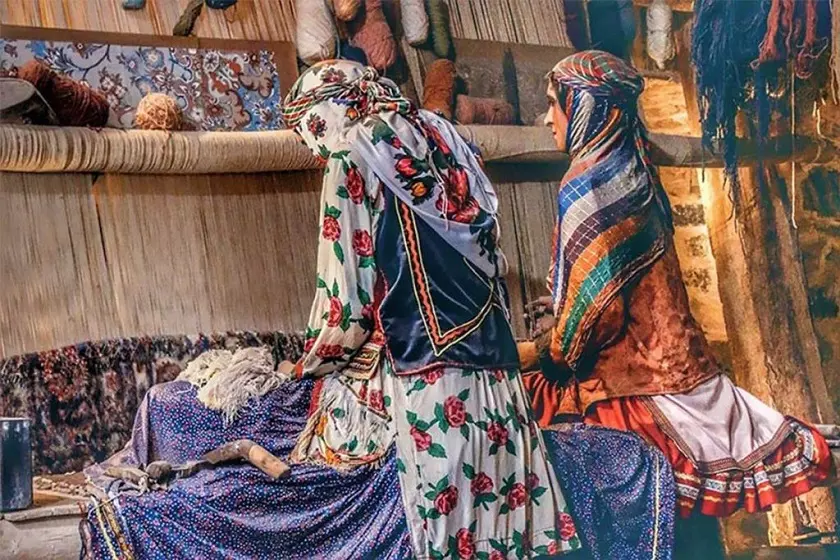

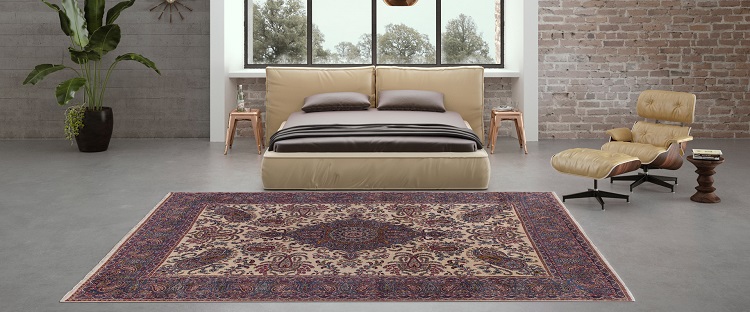
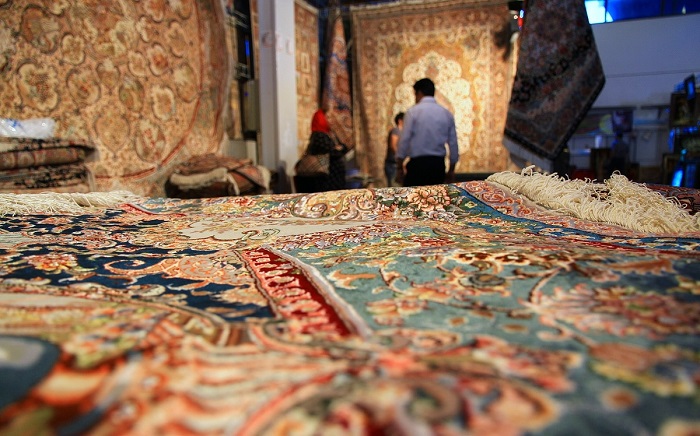
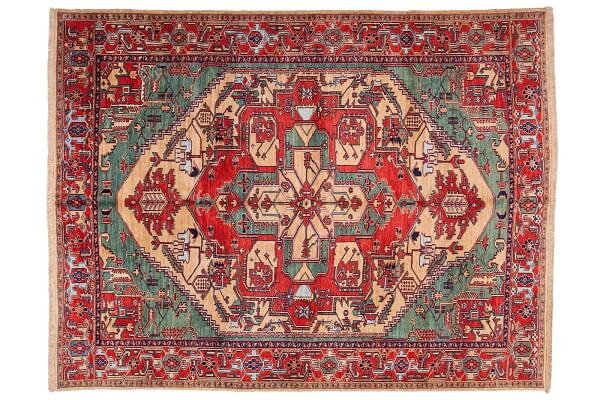
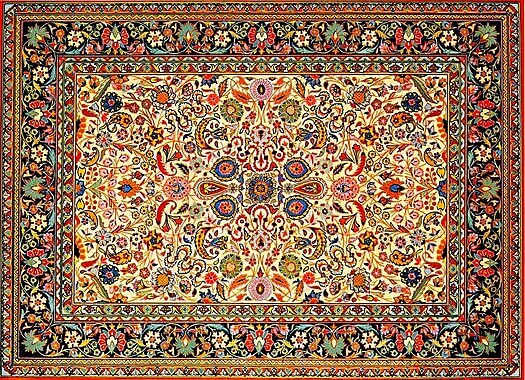
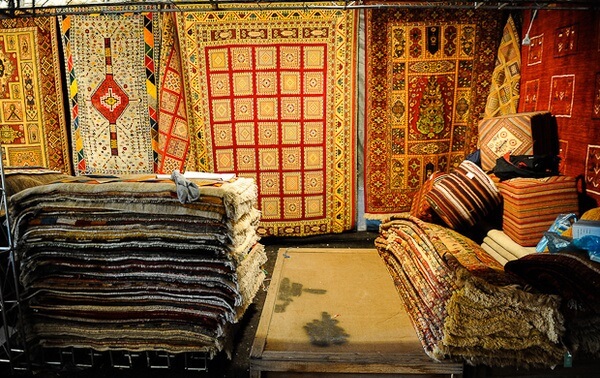
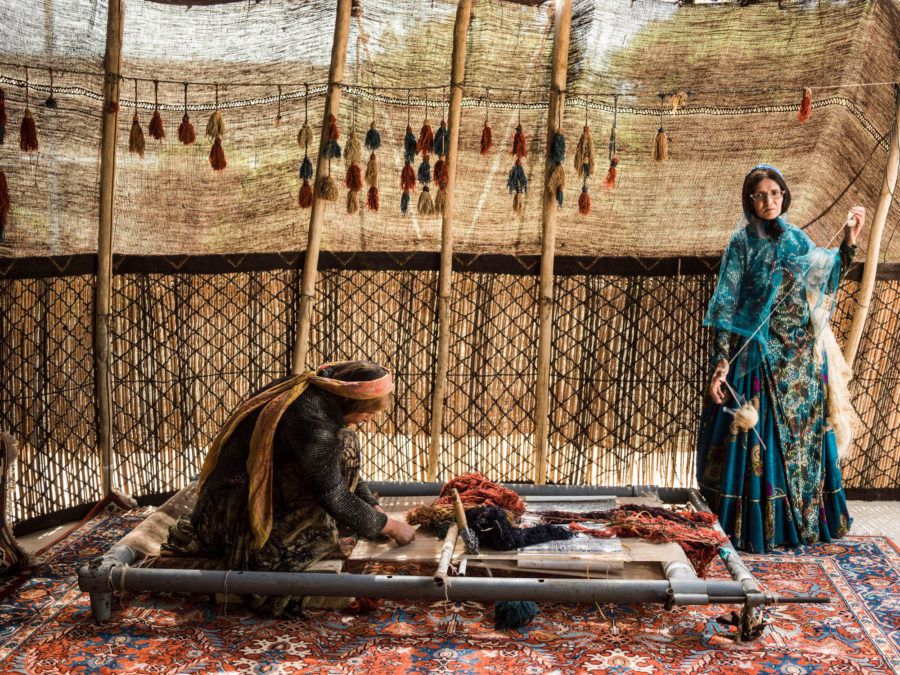

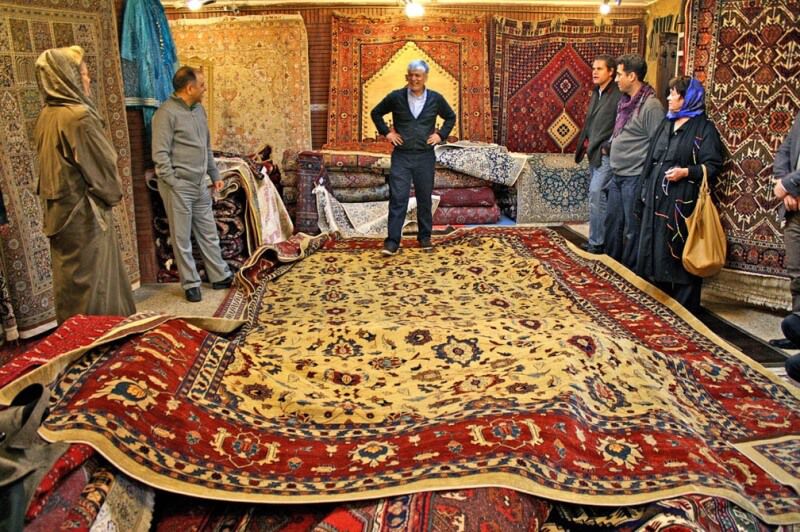
A wonderful site, I have been looking for something like this for a long time. Thank you
No Problem, We hope to share our knowledge at anytime
Are specific numbers assigned to colours, or is it left up to the weaver? I’m just fascinated by the intricacy. I have taken my carpets for granted!